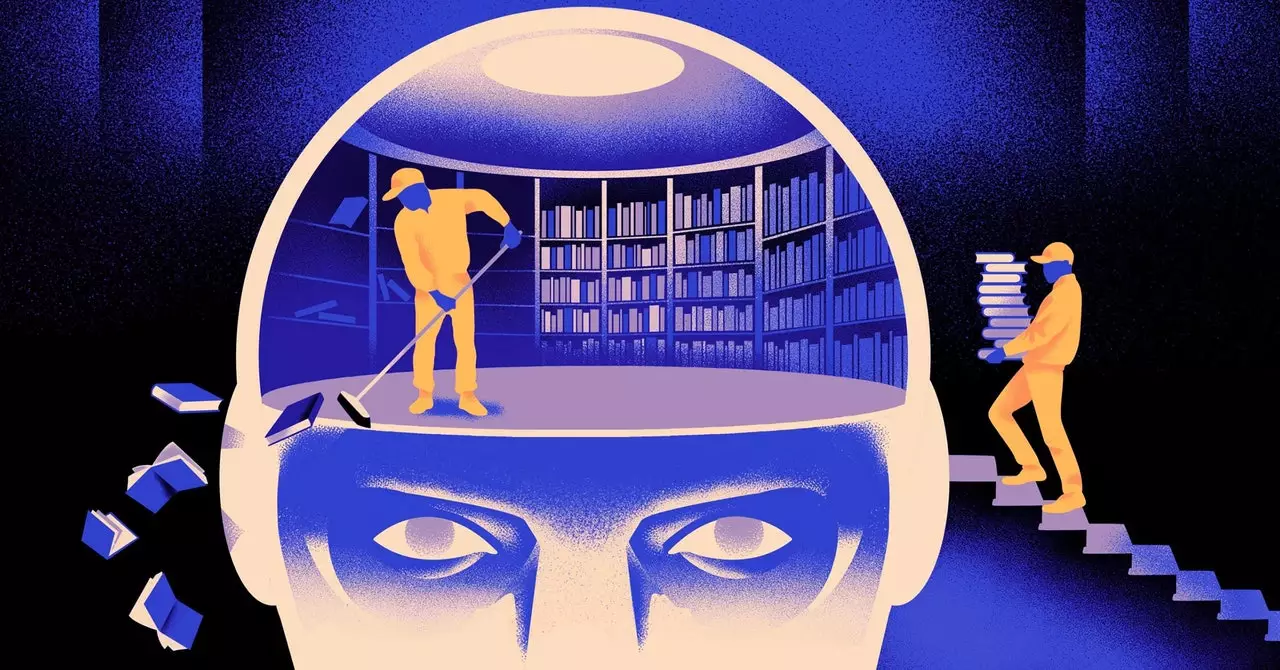In recent developments in the field of artificial intelligence, a team of computer scientists has introduced a novel approach to machine learning models. Unlike traditional models that retain all their knowledge once trained, this new model periodically forgets what it knows. While it may not replace the large models currently in use, it holds the potential to shed light on how language understanding in AI programs works.
The AI language engines prevalent today heavily rely on artificial neural networks. These networks consist of mathematical functions known as “neurons” that communicate with each other, process information, and pass it through several layers of neurons. Initially, the flow of information within the network is chaotic, but through training, the connections between neurons improve as the network learns from the input data.
The breakthrough research by Mikel Artetxe and his team aims to overcome the limitations of traditional AI models. By erasing specific information related to the building blocks of words, known as tokens, in the initial layer of the neural network, they created a model that could be retrained for a different language. This method allowed the model to adapt to new languages without starting from scratch, highlighting the flexibility and efficiency of the new approach.
Understanding the Conceptual Basis of Language
The researchers behind this innovative model proposed that while the embedding layer of the neural network stores language-specific information, the deeper layers of the network capture more abstract concepts related to human language. This shift towards understanding the universal concepts behind language enables the model to effectively learn and process new languages, emphasizing the importance of high-level reasoning in language comprehension.
The Implications for Future AI Research
This new approach to machine learning models opens up a realm of possibilities for the future of AI research. By incorporating flexibility and adaptability into the learning process, researchers can develop models that can learn multiple languages, adapt to changing requirements, and potentially enhance the overall performance of AI systems. This shift towards more nimble and dynamic models marks a significant advance in the field of artificial intelligence.
As we look towards the future of artificial intelligence and machine learning, the introduction of more flexible models represents a paradigm shift in how we approach language understanding in AI systems. By exploring the conceptual basis of language and focusing on high-level reasoning, researchers are paving the way for more efficient, adaptive, and versatile AI models that have the potential to revolutionize the field. The journey towards intelligent and dynamic AI systems has only just begun, with endless possibilities awaiting exploration in the realm of machine learning.


Leave a Reply